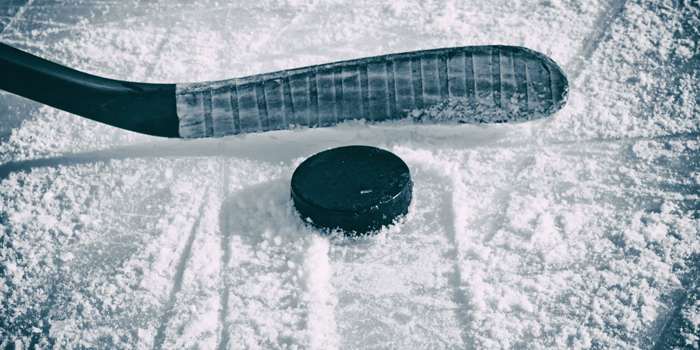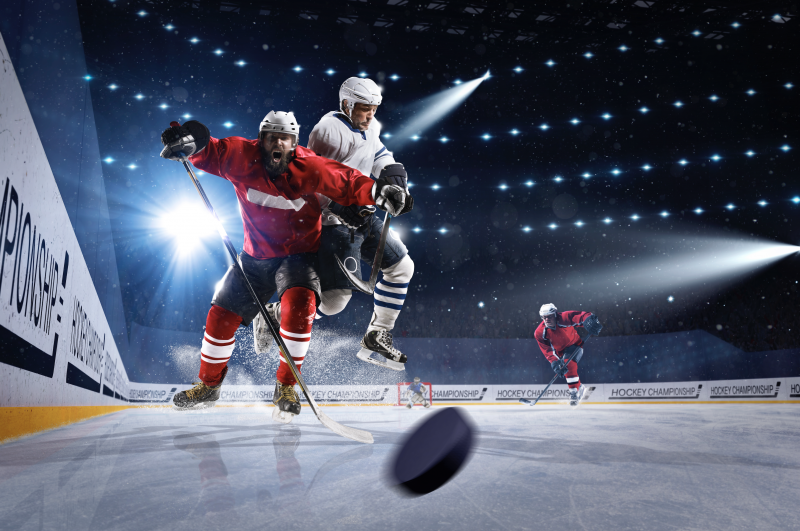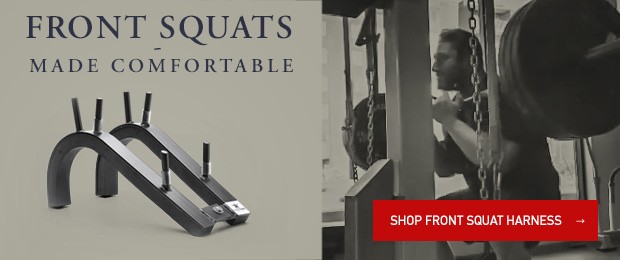
I have wanted to write this article for a long time, and so it is now time that I addressed this topic. The misunderstanding of “sport-specific training” and the relationship between sport and strength and conditioning is one of the biggest issues in this field today. So, here I am. I have finally reached my breaking point regarding foolish and seemingly cool videos of athletes performing activities in the weight room that should be reserved for their respective fields of play (court, ice, field.).
RECENT: Three Tips for More Effective In-Season Training
How do we address this issue? It is quite simple. We must first understand what sport-specific training is, give some clear examples of why trying to simulate a sport in the weight room can be ineffective as well as detrimental, and tackle the principle of dynamic correspondence (sounds confusing, but bear with me) and how it can be programmed effectively for athletes.
What Is Sport-Specific Training?
The biggest problem with the misconceptions regarding sport-specific training is that too often athletes and trainers do not know what it actually means. Let us say this once, and say it loudly: SPORT-SPECIFIC ACTIVITY IS ACTUALLY PERFORMED BY AN ATHLETE WHILE PLAYING HIS OR HER SPORT AT THE APPROPRIATE VENUE (for example, ice—a shout out to my hockey guys). Running around and practicing soccer skills while wearing a weighted vest, attaching a band to a hockey stick or a baseball bat, and a myriad of other ridiculous activities in the weight room do not count as sport-specific activities as they for sure do not help you. If anything, they are a detriment to motor skills and muscle memory regarding these particular movements. Later, I will give some more insight on this point.
How Bringing Sport Activities into Your Strength and Conditioning Can Hurt You
I briefly alluded to this above, but there are several key reasons why bringing your sport activities into the weight room can hurt your performance when you are actually playing your sport. I like to use one golden rule when it comes to this. I reserve all activities related to a glove, stick, ball (excluding medicine balls, of course) or bat to the sporting coach. This is a great way to ensure your athlete is being “taught” a skill by someone who has no earthly idea of anything relating to that skill. If you are a person who enjoys lists and they make things easier to understand, then here is a list of reasons why bringing a sport into the weight room can be detrimental:
- Movements can be performed incorrectly without supervision from an educated coach. For example, I do not coach hockey and thus cannot teach someone to shoot a puck.
- Applying unusual resistance to an activity that requires intense skill can disrupt motor patterns (this is our nervous system’s way of developing a skill) and cause a regression in ability with that skill.
- Direct resistance to a shot, throw, sprint with a ball or swing can limit the required ranges of motion often necessary for such activities.
Want a final summary on this list? Doing these listed things will HURT your performance when you actually return to your sport.
Image credit: Ievgen Onyshchenko © 123rf.com
The Principle of Dynamic Correspondence
Now at this point, you may be reading this and saying to yourself, “Well, thanks, Gerry, but if everything you just said is the WRONG way of doing things, how do we do it the correct way?” Luckily, both of us have a Russian super-scientist and OG of strength and performance training, Yuri Verkhoshansky, to help us out. I am an avid follower of Yuri and his findings from half a century ago (that still hold up) regarding everything from strength training, jump training, and beyond. Yuri developed an easy list of checkpoints to use that can help align your training with your sport. Basically, the more checkpoints you can satisfy, the better and more effective your training is in terms of improving your ability with your sport. The principles are as follows (I will add some examples):
Amplitude and Direction of Movement
Which planes of motion are involved in your sport: Frontal (lateral), transverse (rotational), or sagittal (crossing the midline of your body)? Baseball and hockey players should most definitely train their rotational power with medicine ball variations in throws that develop the ability to clear the hips, spine, etc. A basketball player would definitely want to work on his vertical power producing ability since jumping is supreme to the sport! These are just a few examples.
Region of Force Production
I alluded to this briefly above, but while a basketball player surely needs to improve vertical force production, horizontal and linear forces are more important to a hockey player. Both athletes need both, but one more than the other. Vertical power is a great base of lower-half explosiveness and speed, but as a hockey player becomes more advanced, he may need to focus strictly on force production straight ahead (linear/horizontal force production). Think about it? When would a hockey player exclusively put force into the vertical plane (a jump)? It would either be a mixture of horizontal and vertical or horizontal.
Dynamic (Speed) of the Effort
Essentially, is your training adequately matching the speed of your sport activities? For example, are you an athlete exclusively performing heavy lifts and not moving your squats and deadlifts for speed? You can imagine this may not prove to be as effective as you desire your training to be.
Rate and Time of Maximum Force Production
In your sport, how long are your bouts of maximum force production? A swing or throw in baseball may last one second, while a football lineman can engage in a block for up to five to seven seconds. Adjust your training accordingly. It would not make sense for that same football player to push a heavy sled for 30 seconds as they never display their max force for that long!
Muscles Contracted
Which muscles are important to your success? A skater depends on their quadriceps tremendously, so a hockey player may benefit more from front squats versus back squats. That same back squat could tremendously benefit a baseball player, as it would help strengthen/mobilize their upper back, wrists, and shoulders. All of which are important to rotational athletes.
Now that you understand sports specificity at the core, know how it can hurt you and have a blueprint for maximizing the carryover of your training you can ensure that you are training the correct way. Remember, sport-specificity itself is reserved for your practice and game activity. Otherwise, you can be diminishing your skills you spend so much time developing. Instead, try matching the intensity, duration and areas of movement you are expected to perform and aim at increasing your strength, power and speed in those areas. You will be a far better athlete!
Header image credit: Alexei Toiskin © 123rf.com
Gerry DeFilippo is the owner and founder of Challenger Strength in Wayne, NJ. He is also a strength coach for the USPHL New Jersey Hitmen, a strength and speed specialist, and a certified physical preparation specialist certified by Joe DeFranco and Jim Smith. He works with multi-level athletes in a variety of sports helping enhance on-field performance and injury preventions via strength, speed, and mobilization-based programming. Stop by one of his two locations in Wayne, New Jersey.












Well said Gerry.